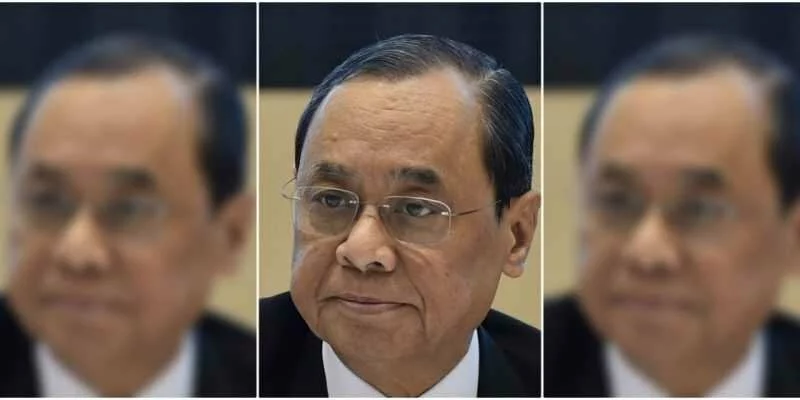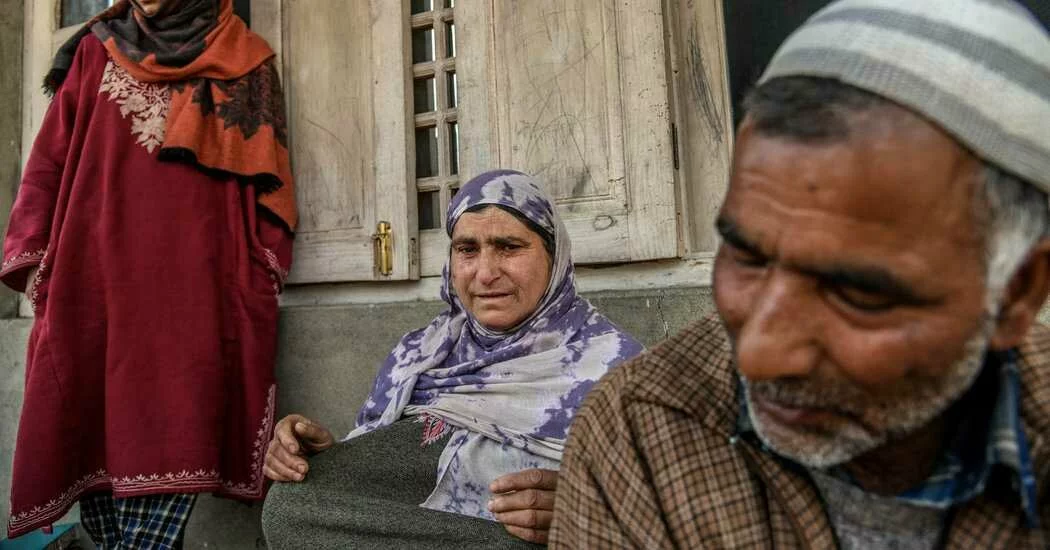
Kejriwal and the rise of the urban ‘non-poor’
- 2020-02-19 15:26
- By thehindubusinessline.com
Much has been written and analysed about the stunning victory of the Aam Aadmi Party in the recently concluded elections to the Delhi Assembly. Arvind Kejriwal proved that he is no one-off giant-killer, nearly repeating his 2015 clean sweep, bagging 62 out of 70 seats, with a vote share of 54 per cent. This was in the face of arguably one of the most vitriolic and high-decibel campaigns mounted by the BJP, which pulled out all stops in pushing its twin trump cards of Hindutva and Narendra Modi. However, neither the magic of Modi nor the vehemence of Amit Shah — or even the ill-advised “goli maaro gaddaron ko” (shoot traitors) line pushed by some in the ruling party — resonated in the poll booth. One popular theory is that the Delhi electorate voted purely on local issues, where the BJP’s Hindutva rhetoric failed to resonate against the AAP’s showcasing of its governance delivery, specially in education and healthcare. But simply saying “Kejriwal bought his votes with free water and subsidised electricity” does not explain the massive 54 per cent-plus voteshare of the AAP. After all, “bijli, sadak, paani” (electricity, roads, water) have been an essential part of India’s electoral rhetoric for debates. The BJP itself is no mean player in the handouts game, with its income transfer scheme for farmers, free cooking gas cylinders for the poor, subsidised low-cost housing, toilets for all and so on. The National Capital Territory of Delhi — to give it its full name — is India’s foremost urban agglomeration, with a population second only to the Greater Mumbai area (in fact, if we use the NCR region, which includes the satellite cities of Gurugram, Noida, Faridabad and Ghaziabad, it is already India’s biggest urban area). For these households, a working mohalla (neighbourhood) clinic — which the AAP government made the focus of its healthcare effort — may mean the difference between living to fight another day or going back into poverty.
Art and the City: During the coronavirus pandemic, local dancers practice ‘the art of recovery’

5 Signs that John Cena will return to WWE as a heel

